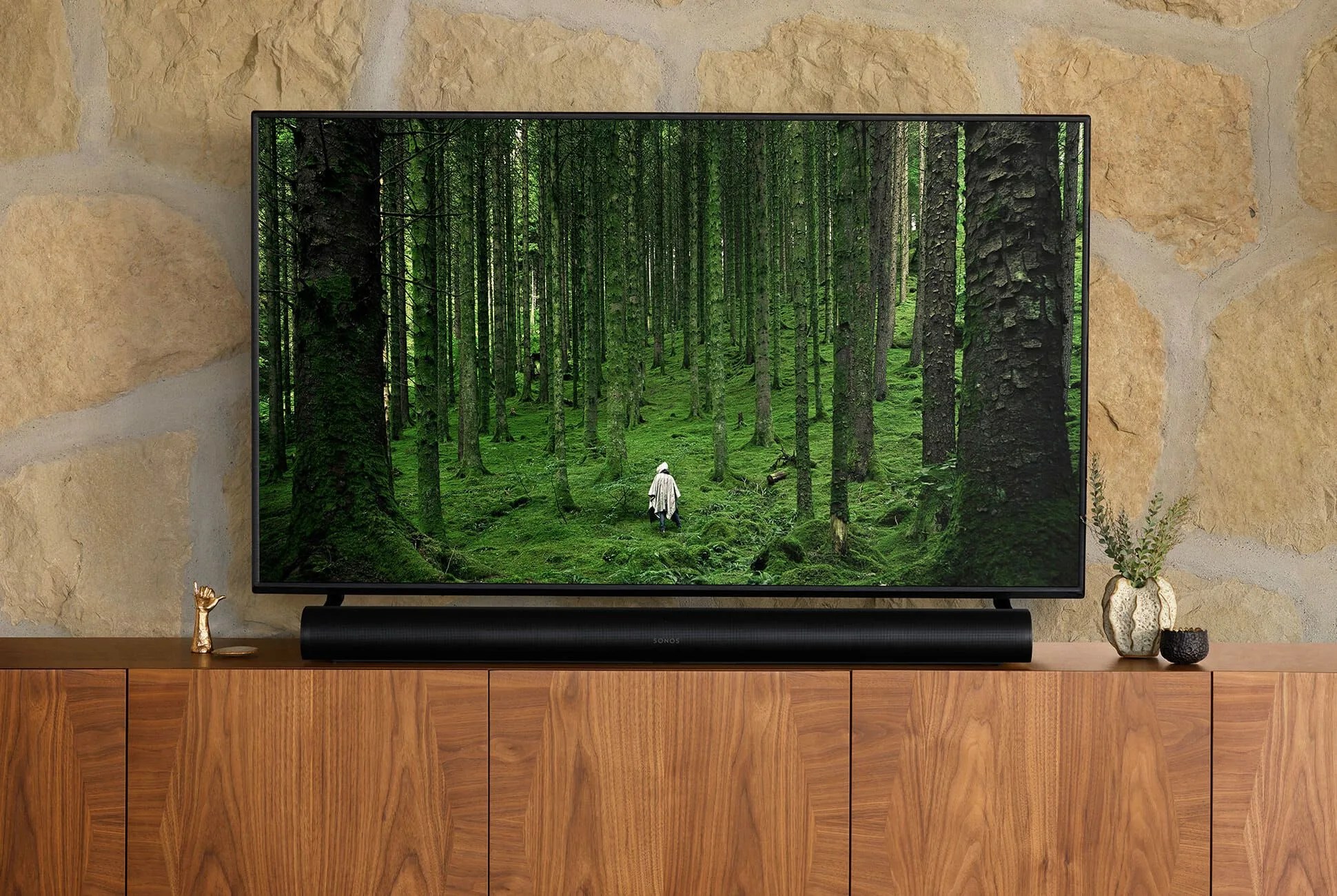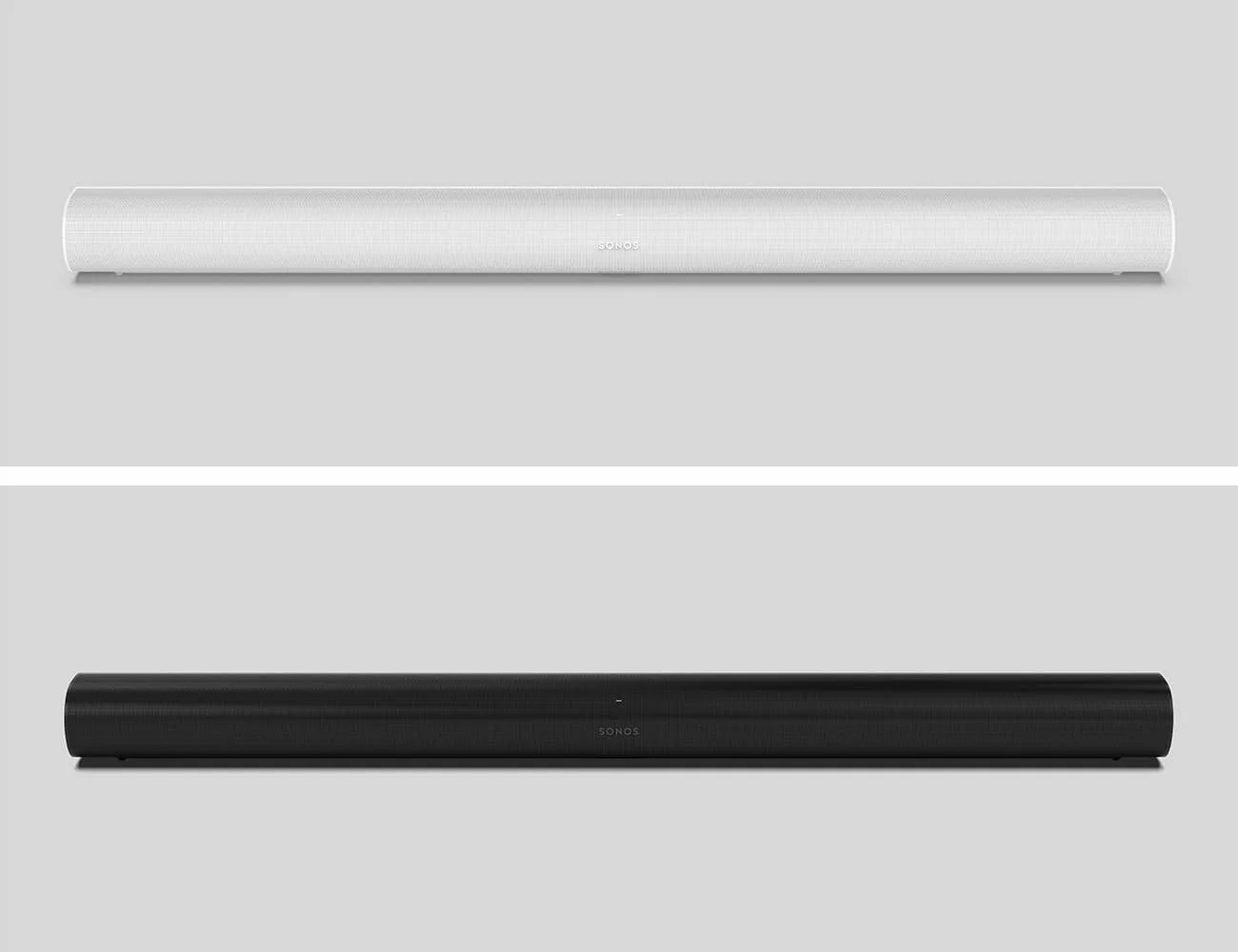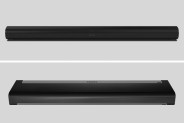Brand: Sonos
Product: Arc
Release Date: June 2020
Price: $799
From: sonos.com
The new Sonos flagship soundbar, the Arc ($799), improves upon its near-decade-old ancestor, the Playbar, in a whole host of ways. It has an all-new design, and updated guts to work as a smart speaker with Google Assistant or Alexa, but its standout feature is without doubt support for Dolby Atmos. Unfortunately, you’ll need more than just an Arc to make use of that technology: you’ll need a compatible TV and content as well. And that unavoidable headache complicates the magic that makes Sonos ordinarily so easy to recommend.
Dolby Atmos, for the uninitiated, is an audio technology that creates its own virtual height channels so, if you’re watching a movie or show, it sounds like things are flying over your head and to the way left and way right of you; not just like the sounds are shooting out from the TV. This, obviously, requires specialized hardware and also compatible content.
The content, fortunately, is not a big problem. Not every movie and show supports Dolby Atmos, but many you can find on common streaming services do. Netflix, Amazon Prime Video, Apple iTunes and Vudu all have Atmos content, though there are stragglers like Hulu and HBO Max.
 Sonos
SonosBut to make use of it, every link in your audio-video chain has to be Dolby Atmos compatible. So in addition to content, you need a compatible TV, compatible speaker system, and compatible streaming device, all connected to each other with Atmos-compatible connections, which is to say, no optical connections allowed. (These are the current external streaming devices that support Dolby Atmos: Apple TV 4K, Fire TV Stick 4K, Fire TV Cube, Fire TV Stick (2nd-generation), Fire TV (3rd-generation) and Nvidia Shield TV.)
It can be a convoluted and complicated affair, and one that contains numerous configurations that feel like they should work, but don’t. The Arc, to its credit, simplifies this situation a little bit. As it only has a single HDMI port, it has to be connected directly to your TV (via its HDMI ARC or HDMI eARC port). This prevents you from dabbling in complex setups that involve a streaming device as a pass-through, but at the cost of requiring a fairly up-to-date TV. If your TV is older than 2017, you’re probably going to be out of luck.


